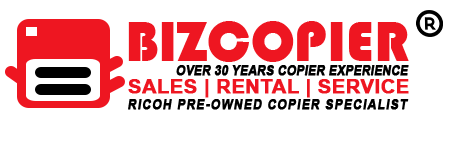4 Copier Lease Advantages to Consider vs. Buying
Leasing a copier instead of buying one can be a smart decision for many businesses. Here are four advantages of copier leasing to consider: Lower Upfront Costs: When you lease a copier, you don’t have to pay the full purchase price upfront. Instead, you make regular payments over the lease term, which can be a more manageable expense for many businesses. Improved Cash Flow: Leasing a copier can help to improve your cash flow, as you don’t have to tie up a large amount of money in purchasing a copier. This can be especially important for small businesses that need to conserve their cash for other expenses. Access to Advanced Technology: Leasing a copier can give you access to the latest and most advanced technology without the need to make a large capital investment. This can be especially beneficial for businesses that need high-quality printing or scanning capabilities. Flexibility: Copier leasing offers flexibility in terms of equipment upgrades and changes. With a lease, you can easily upgrade to newer equipment or switch to a different model if your needs change during the lease term. This can help ensure that you always have the best equipment to meet your business needs. *Other Model AvailableRICOH MPC3503/ MPC5503 | RICOH MPC3504/ MPC5504 CONTACT US: 03-3341 6296 | 018-788 6296 | 018-228 6296

Recent Comments